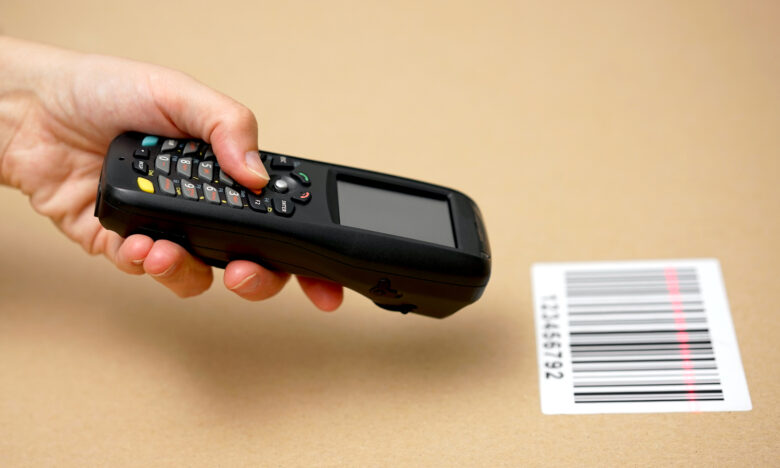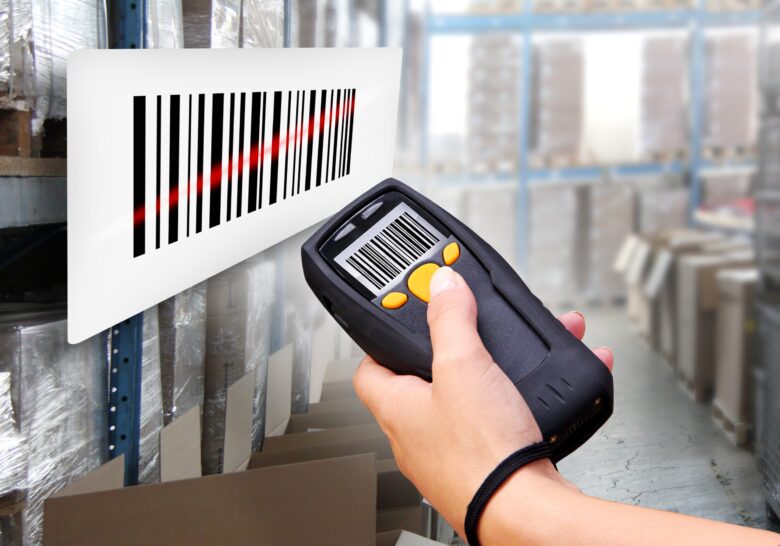Attention all manufacturing and logistics professionals! Are you tired of the hassle that comes with managing inventory? Fear not, because mastering barcode scanners can be your saving grace. These little devices have revolutionized the way we keep track of products, but are you utilizing them to their fullest potential?
Contents
Understanding The Basics
The world of manufacturing and logistics is indeed one that necessitates a keen understanding of various tools and technologies. Among these, barcode scanners stand as a primary asset. In essence, an Android barcode scanner is a device that decodes a series of black and white bars into a line of text that a computer system can understand.
This technology can transform how organizations manage their inventory, process orders, and track goods, offering rapid and precise data entry with minimal human error. The barcode itself, whether 1D or 2D, contains critical information about a product, including its identity, origin, and price.
As integral as they are, barcode scanners are not a one-size-fits-all tool. Depending on their functionality, they can be categorized into different types: handheld, fixed-mount, mobile computers, and ring scanners. Each type has its unique attributes and uses, determined by factors such as the working environment, the type of barcode to be scanned, and the distance from which they can read barcodes.
Choosing the Right Scanner for Manufacturing & Logistics

Source: shipbob.com
When choosing the right barcode scanner, several factors should be considered. The type of barcode you’re dealing with, whether 1D or 2D, will play a major role in the scanner selection. 1D barcodes, which are common on retail products, are best read by linear imagers or laser scanners. 2D barcodes, on the other hand, contain more information and require more sophisticated images to decode.
Your work environment also matters a great deal. If you operate in harsh conditions, such as cold storage or outdoor locations, you should opt for rugged barcode scanners built to withstand harsh conditions. Similarly, in environments where mobility is essential, wireless scanners or mobile computing barcode scanners are a suitable choices as they offer flexibility and improved workflow.
Optimizing Techniques for Efficiency
Optimizing your barcode scanning process can lead to significant efficiency gains. One of the simplest ways to improve scanning accuracy is by ensuring good print quality of the barcodes. Blurred or faded lines can cause scanning errors and slow down operations.
Training employees on the correct angle to hold the scanner is also helpful. Most scanners work best when held at a certain angle to the barcode, usually around 15 to 30 degrees off perpendicular.
Incorporating hands-free scanning where possible can also significantly improve efficiency. This is particularly applicable in high-volume or fast-paced environments such as conveyor belts or checkout lanes. Here, fixed-mount scanners or wearable scanners can speed up the process and free up the operator’s hands for other tasks.
Optimizing the design for your specific use case can contribute to a smoother scanning process. This might mean using 2D barcodes that can hold more data in a smaller space for detailed tracking needs or sticking to simple 1D barcodes for basic product identification tasks.
Integration with Inventory Management Systems

Source: wisys.com
Barcode scanner integration with an inventory management system is crucial in transforming raw data into actionable insights. The system can help manage inventory levels, streamline order fulfillment, and optimize warehouse layout based on real-time data received from barcode scanners.
Automated data entry, enabled by barcode scanner integration, minimizes manual entry errors, leading to higher accuracy in inventory counts. It also eliminates the need for physical checks, saving valuable time and resources. The result is a more efficient and reliable inventory management system.
The integration should also involve a suitable backup and recovery system. This is vital to prevent data loss in case of a system failure or human error. You should also consider implementing batch processing and real-time data syncing to ensure timely and accurate data availability across your organization.
Advanced Features and Functionality
As technology advances, barcode scanners are becoming increasingly sophisticated, offering a wide range of features that enhance their functionality. These include wireless connectivity, long-range scanning, and ruggedized design for harsh environments. Some models now offer omnidirectional scanning, eliminating the need to align the scanner with the barcode, thus saving time and reducing worker fatigue.
Another advanced feature is the ability to read damaged or poorly printed barcodes, a functionality made possible by advanced decoding algorithms. This can be a game-changer in a busy warehouse environment where barcode quality can vary.
Smart scanners have also made their way into the market. These come with onboard intelligence that allows them to execute tasks independently without relying on a host system. This can include tasks like data validation and decision-making based on the scanned data, contributing to greater operational efficiency.
Best Practices for Maintenance and Care

Source: youtube.com
This includes regular cleaning of the scanner lens using a soft cloth and an approved cleaning solution to prevent dust and debris from impacting its performance.
Battery maintenance is also essential for wireless models. Over time, rechargeable batteries can lose their capacity. Ensure you’re using the right charger and following the manufacturer’s instructions. Avoid leaving the battery in the charger for extended periods beyond the recommended charging time.
Routine software updates are equally important. These updates often include bug fixes, improvements, and new features that can enhance your scanner’s performance and security. Ensure your scanners are always running the latest software version provided by the manufacturer.
Enhancing Productivity with Data Analysis
The use of barcode scanners produces a vast amount of data that, when analyzed properly, can provide valuable insights into your operations. You can track inventory movement, identify trends, detect bottlenecks, and much more. By analyzing this data, you can make informed decisions to streamline your operations, improve service delivery, and increase profitability.
To facilitate this analysis, consider using data analytics tools to process large volumes of data and present it in an easily understandable format. These tools can help you spot patterns, identify anomalies, and predict future trends.
Remember, the goal is not just to collect data but to convert it into actionable insights. With regular analysis and implementation of findings, you can leverage barcode scanner data to continuously optimize your manufacturing and logistics operations. As a result, you can expect improved productivity, efficiency, and overall business performance.
